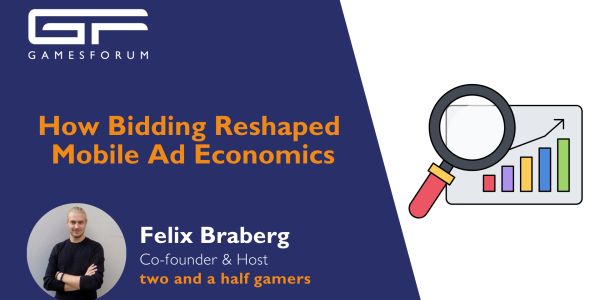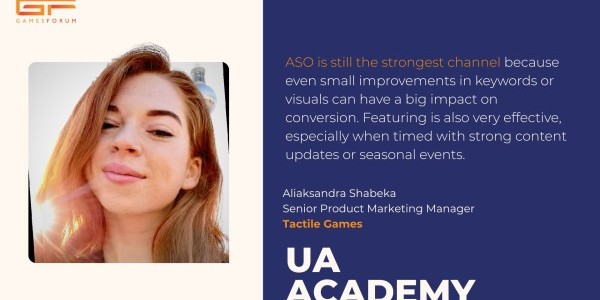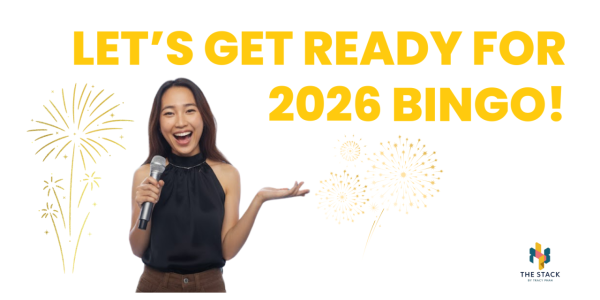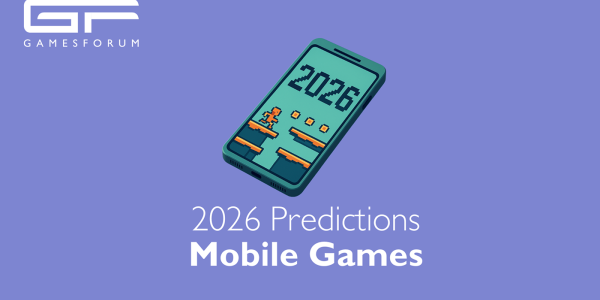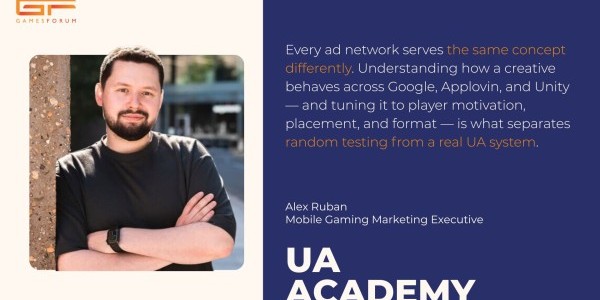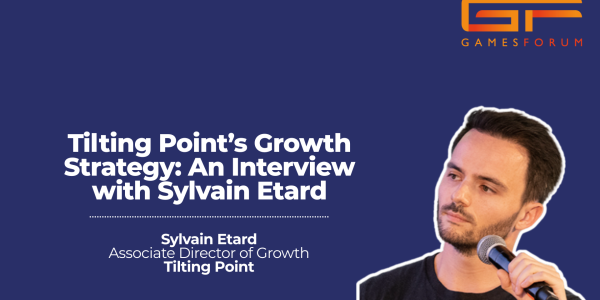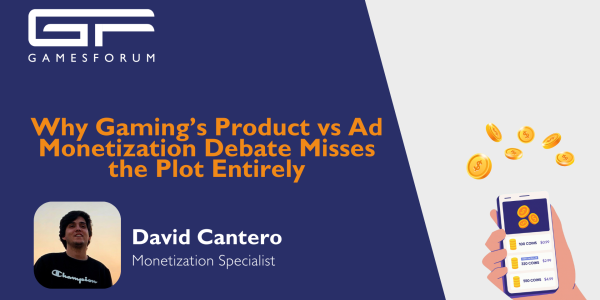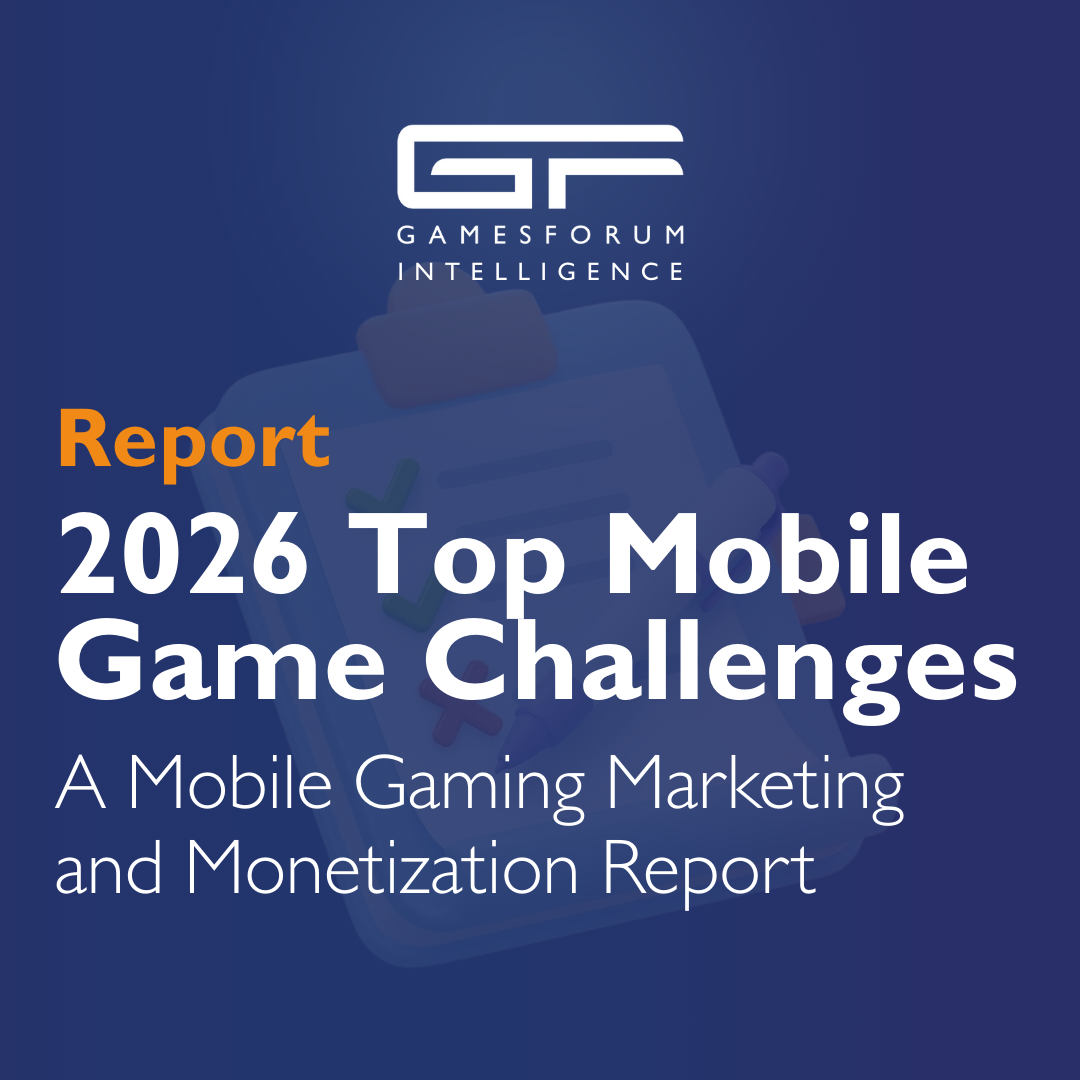Inside SEGA’s Winning Ad Strategy with Jay Shah: Monetizing Mobile Games Without Sacrificing Player Experience

In this Monetization Masterclass, SEGA's Ad Tech Product Manager, Jay Shah, takes us behind the scenes of SEGA’s player-first ad strategies for mobile games. Discover how SEGA strikes the perfect balance between ad-heavy and ad-light models, using smart A/B testing and real-time player feedback to keep gamers engaged. Shah also unveils SEGA’s winning tactics with rewarded ads, cross-promotion, and real-time bidding—driving revenue without disrupting gameplay and setting SEGA up as a leader in the fast-changing ad landscape.
How do you determine the best ad monetization strategy for Sega’s different mobile games? What factors influence your decision between ad-heavy and ad-light models?
SEGA has a mix of mobile titles with individual, tailored strategies for each of them. Games with a stronger in-game economy utilize an ads-light model, while others utilize an ads-heavy model. However, the underlying approach is always player-first. The top-most priority is to ensure the players have a pleasant in-game experience, with minimal intrusion from ads. This implies that player-engagement and retention are high. In addition, we’re constantly monitoring player sentiment and feedback. This gives us a qualitative interpretation; on top of the quantitative analysis we observe from in-game data. This helps us immensely in shaping our ad-product strategy effectively.
What techniques or tools do you use to optimize ad revenue without negatively impacting player engagement or retention?
As I mentioned earlier, player engagement and retention are a top priority for us, since that impacts ad revenue the most. To start with, we try to setup ad placements to have minimal interference with the core gameplay loop. We constantly A/B test ad-frequency and ad-pacing, especially for more intrusive formats like full-screen interstitials. Rewarded ads are another focus, since they are opt-in and offer more value-add than other ad formats. Keeping in mind that every SEGA mobile game offers a different gameplay experience, we also focus on cross-promotion within our portfolio of games. We do this by offering players a chance to try out our other games, at points in the player’s in-game journey where they churn most.
How do you decide the optimal placement and frequency of ads within mobile games to maximize revenue while maintaining a smooth gameplay experience?
Balancing player gameplay experience while optimizing ad-revenue is the key here. As a non-paying player, I wouldn’t mind watching ads as long as they’re not too intrusive and offer in-game value. Considering this balance as our north star metric, we’re constantly A/B testing ad placements and ad frequencies and making revisions accordingly. The baseline here is to try to place ads at natural points of break in the gameplay (for e.g. in between runs, after completion of milestones, etc.). A game’s session length also helps us in determining ad-frequencies for every player profile.
How do different ad formats (rewarded video, interstitials, banners) perform in terms of revenue generation and user retention? Which formats have proven most successful for Sega's mobile games?
Generally speaking, rewarded videos have proved to be the most successful in balancing player experience and ad-revenue yield. This is simply because they are opt-in (so non-intrusive) and they offer a value exchange proposition for players. This is followed by full screen formats like interstitial ads and lastly, banners. For our portfolio of games, this holds true as well. Rewarded videos have proven the most successful for us for generating higher ad-revenue yields while balancing player engagement and retention. For interstitials, our strategy has been to find that sweet spot for every game, where the higher ad-yield doesn’t impact player engagement and retention. Banner ads are interesting because they’re less-intrusive and hence help player retention but offer lesser ad-yield generation opportunity. Since they rely on higher impression volumes, what’s worked best for us is to place them at places in the game like menu screens where a player spends the most time outside the actual gameplay loop for minimal intrusion and maximum ad-revenue yield.
Can you share your approach to ad mediation? How do you select and manage partnerships with different ad networks to ensure maximum fill rates and CPMs?
Selecting a robust mediation platform is the first step. We aim to partner with a variety of network providers to maximize inventory availability across geos and ad formats. Once this is locked down, we’re constantly monitoring the waterfalls to review changes in eCPMs and fill rates. Since the industry-wide move to real-time bidding, it has become more important for us to conduct regular network performance reviews. Again, the baseline for all these optimizations is to always ensure ad quality. Our player-first approach means that we’re always on top to ensure a good ad experience for our players.
How does user segmentation influence your ad monetization strategies? Do you adjust ad delivery based on user behavior, region, or in-app purchase likelihood?
Definitely. In essence, player segmentation allows us to highly optimize the right type and the right number of ads for each player group while maintaining a balance in ad-revenue yield and player retention. We segment players based on their behavior (engaged, casual, etc.), IAP likelihood (non-payers, light spenders, whales, etc.) and based on their geography.
What is your approach to balancing ad monetization with in-app purchases? How do you ensure that ads complement the IAP model without cannibalizing potential revenue?
Our goal here is to leverage ads to engage non-payers while enhancing the value proposition for payers without disrupting their overall experience. This ultimately results in our ad-product strategies to complement out IAP strategies rather than cannibalize them. Taking the example from earlier, when we segment players based on their IAP likelihood, we employ a targeted strategy for each of these cohorts. For e.g. for our non-payer cohort who are unlikely to make an IAP purchase, we utilize ads – especially rewarded videos – to maximize engagement without making it feel ads-heavy. On the other hand, for our high spender cohort that prefer a more premium gameplay experience, the strategy is more IAP-focused.
What trends do you see shaping the future of ad monetization in mobile games, and how is Sega positioning itself to stay ahead in this evolving space?
I see some very interesting trends emerging in the ad-monetization space. In terms of ad formats, I’ve observed adoption ramping up for native ads and rewarded interstitials recently. With the recent move to real-time bidding, it has become more important to leverage machine learning and AI to tailor ad experiences for players. Also, with the ever-evolving changes in policies surrounding player data privacy, it’s very important for us to utilize contextual targeting and first-party data. Through continued focus on player experience, emerging ad formats, player personalization and privacy compliance changes, SEGA is well-positioned and well-prepared to stay ahead in this ever-evolving space.

